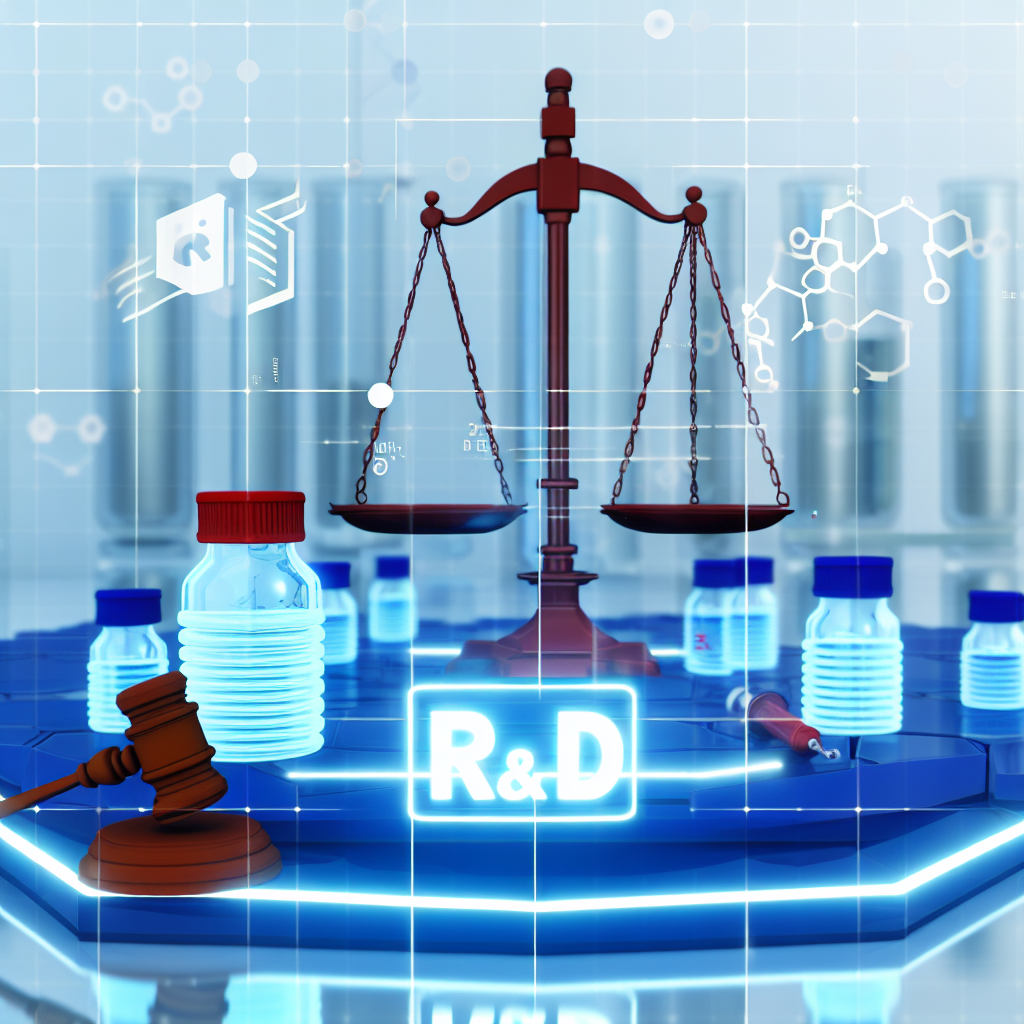
IP Ownership in R&D: Allocating Rights and Responsibilities
Introduction
In the fast-evolving landscape of research and development (R&D), intellectual property (IP) ownership presents a complex interplay of rights and responsibilities. The allocation of IP rights not only influences business innovation but also governs the collaborative dynamics within organizations. At The Consultant Global, we understand the strategic importance of IP ownership in R&D and are committed to guiding organizations through the intricacies of these issues. With our extensive experience and cross-cultural capabilities in the GCC and UAE, we help our clients optimize their R&D efforts while ensuring compliance with legal standards and best practices.
Understanding Intellectual Property in R&D
Types of Intellectual Property
- Patents: Protect inventions and processes for a specific period, granting exclusive rights to the patent holder.
- Copyrights: Safeguard original works of authorship, like software and technical documents, ensuring the creator’s rights are respected.
- Trademarks: Protect brand identity and commercial reputation, essential in R&D to secure the unique aspects of innovations.
- Trade Secrets: Include formulas, practices, and business methodologies that provide a competitive edge and are pivotal in R&D settings.
The Importance of IP in R&D
Successful R&D initiatives hinge on the effective management of intellectual property. With the right approach to IP ownership, businesses can:
- Enhance competitive advantage through unique innovations.
- Attract investment by demonstrating the value of IP assets.
- Mitigate legal risks by ensuring compliance with regulations.
- Facilitate collaboration by clearly defining IP rights among stakeholders.
Allocating Rights and Responsibilities: Best Practices
Defining Ownership from the Outset
Before embarking on R&D projects, it’s crucial to establish clear IP ownership guidelines. This process begins with:
- Creating a comprehensive IP strategy aligned with organizational goals.
- Identifying the contributors to R&D projects and defining their rights.
- Incorporating IP clauses in contracts and agreements with employees, collaborators, and third parties.
Collaboration and Joint Ventures
In many cases, R&D is a collaborative effort. When multiple entities involve themselves in R&D endeavors, the question of IP rights can become contentious. To navigate this, organizations should consider:
- Developing joint IP agreements that specify rights, responsibilities, and revenue-sharing models.
- Clearly outlining contributions from each party to avoid disputes later on.
- Incorporating dispute resolution mechanisms in the agreements.
Employee Contributions and IP Rights
The rights of employees related to IP created during their employment typically belong to the employer. However, to prevent future disputes, organizations should:
- Implement clear, written policies regarding IP created in the course of employment.
- Communicate openly with employees about their contributions and rights.
- Provide incentives for innovation to foster a culture of creativity.
Legal Considerations in IP Ownership
U.S. and U.K. Regulations
Compliance with regional regulations is paramount in managing IP rights effectively. Organizations must stay informed about the specific requirements governing IP ownership and R&D initiatives in the U.S. and U.K., which include:
- Understanding the implications of the Bayh-Dole Act in the U.S. regarding the ownership of IP resulting from federally-funded research.
- Familiarity with the UK’s Intellectual Property Act and its impact on research outcomes.
- Ensuring adherence to compliance standards set by relevant regulatory bodies.
International Perspectives and UAE Practices
In the UAE, intellectual property laws have evolved considerably. Organizations operating in the region should be aware of:
- The UAE Federal Law No. 37 of 1992 regarding trademarks and the importance of brand protection.
- The implications of recent changes in patent legislation that favor innovation and encourage R&D.
- How cultural factors influence collaboration and IP ownership, emphasizing the importance of clear communication and mutual respect in multicultural environments.
Addressing Common Challenges in IP Allocation
Disputes and Conflict Resolution
Even with clear guidelines, conflicts may arise over IP ownership. When disputes occur, organizations can:
- Engage in mediation or arbitration to find amicable solutions.
- Maintain accurate records of contributions and agreements to support claims.
- Foster a culture of transparency to minimize misunderstandings.
Staying Compliant with Evolving Regulations
The legal landscape surrounding IP ownership is constantly evolving. To ensure compliance, organizations should:
- Regularly review and update IP policies and agreements in light of legal changes.
- Invest in training and resources to help employees understand their rights and responsibilities regarding IP.
- Consult with legal experts proficient in both local and international IP laws.
Conclusion
Effectively managing IP ownership in R&D is critical to fostering innovation and ensuring compliance with legal obligations. As organizations navigate the complexities of IP rights and responsibilities, The Consultant Global stands ready to provide expert guidance tailored to your specific needs. We leverage our extensive experience and cultural fluency to help businesses achieve their R&D goals while protecting their intellectual property. Together, let us unlock the full potential of your innovations in a compliant and strategic manner.




Leave a Reply